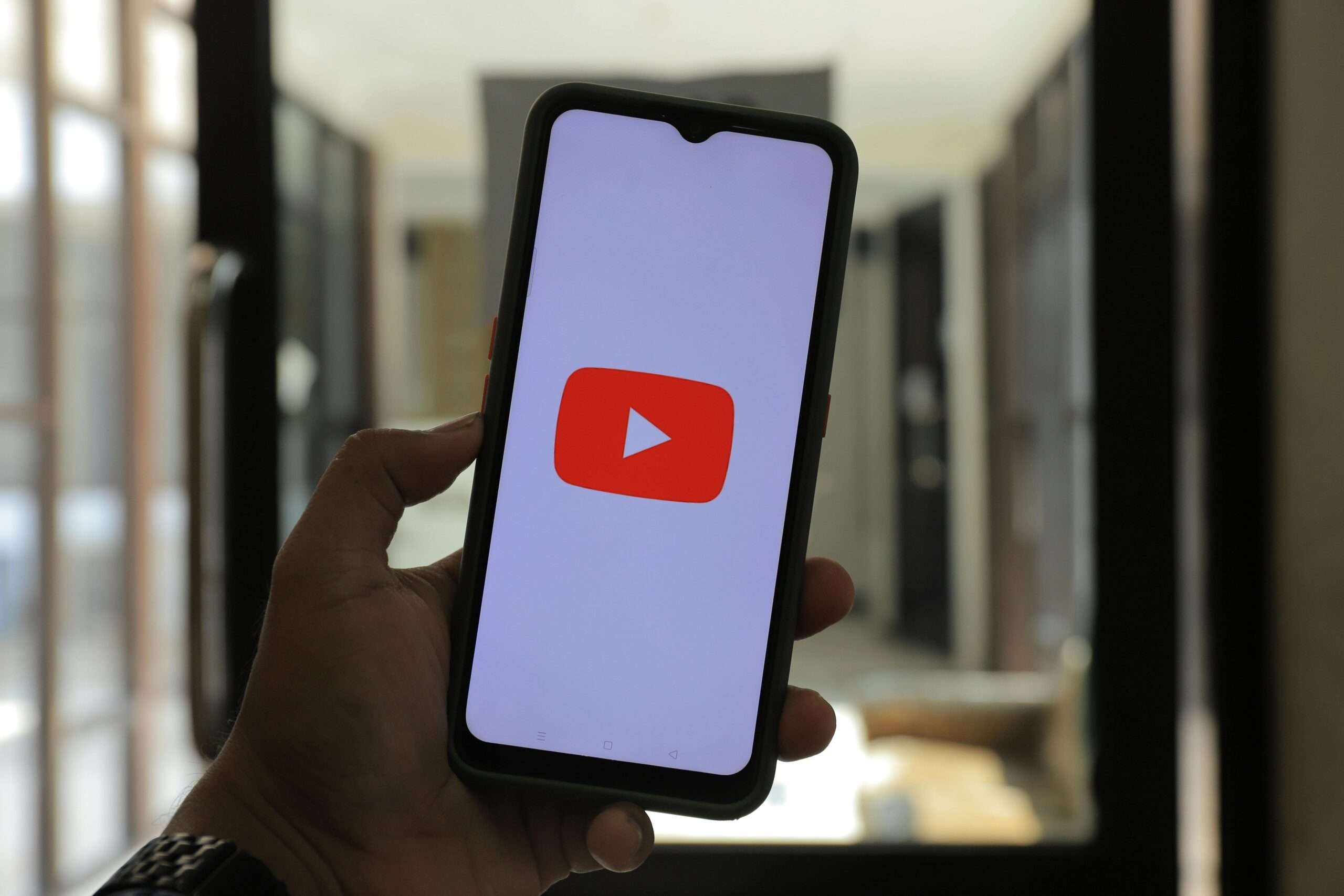YouTube, the world’s largest video-sharing platform, has become an integral part of our digital landscape, revolutionizing how we consume and create content. This article explores the journey, impact, and evolving nature of YouTube, delving into its significance in the realms of entertainment, education, and the broader digital ecosystem.
1. The Rise of YouTube:
Founded in 2005 by Steve Chen, Chad Hurley, and Jawed Karim, YouTub started as a platform for users to share and discover short video clips. Over the years, it evolved into a global hub for diverse content, ranging from user-generated videos to professionally produced content.
2. Content Diversity and User Engagement:
YouTub success lies in its vast diversity of content. From music videos and tutorials to vlogs, documentaries, and live streams, the platform caters to a wide array of interests. The interactive nature of comments, likes, and shares fosters a sense of community, enhancing user engagement.
3. The Impact on Entertainment:
YouTub has democratized content creation, providing a platform for aspiring creators to showcase their talents. The rise of YouTube celebrities, commonly known as “YouTub” has reshaped the entertainment landscape, with online creators amassing large audiences and influencing popular culture.
4. Educational Opportunities:
Beyond entertainment, YouTube has emerged as a powerful educational tool. Channels dedicated to tutorials, lectures, and educational content cover subjects ranging from science and technology to arts and humanities. The accessibility of knowledge on YouTube has democratized learning, making quality education available to a global audience.
5. Monetization and the Creator Economy:
YouTub Partner Program allows content creators to monetize their videos through ads, memberships, and merchandise sales. This has given rise to the creator economy, where individuals can turn their passion into a livelihood, fostering entrepreneurship and innovation.
6. Challenges in Content Moderation:
As a platform with billions of hours of content uploaded every day, YouTub faces challenges in content moderation. The company continually refines its algorithms and policies to address issues related to misinformation, hate speech, and inappropriate content, aiming to create a safer online environment.
7. Live Streaming and Community Interaction:
The introduction of live streaming on YouTub has further enriched the platform’s capabilities. Creators can engage with their audience in real-time, fostering a sense of community and enabling interactive experiences such as Q&A sessions, live events, and gaming streams.
8. YouTube as a Cultural Archive:
YouTub serves as a living cultural archive, capturing moments of significance, viral trends, and historical events. From music videos that define eras to viral challenges that unite global audiences, YouTube reflects the ever-evolving tapestry of human culture.
9. Global Reach and Local Impact:
YouTub’s global reach transcends borders, allowing creators to connect with audiences worldwide. Simultaneously, the platform facilitates the preservation and celebration of local cultures, languages, and diverse perspectives.
10. The Future of YouTube: Innovation and Adaptation:
Looking ahead, YouTub continues to evolve. Innovations such as YouTub Shorts, a short-form video platform, and ongoing improvements in virtual reality and augmented reality experiences showcase YouTube’s commitment to staying at the forefront of digital content creation and consumption.
Conclusion:
YouTub has redefined the way we consume and create content, democratizing the media landscape and empowering individuals to share their stories with the world. As it continues to adapt to changing trends and user behaviors, YouTub remains a dynamic force in shaping the future of digital communication, entertainment, and education. Its impact on global culture is undeniable, and the platform’s ongoing evolution promises exciting possibilities for creators and audiences alike.


One thought on “YouTube : Transforming Content Consumption in the Digital Age-2024”